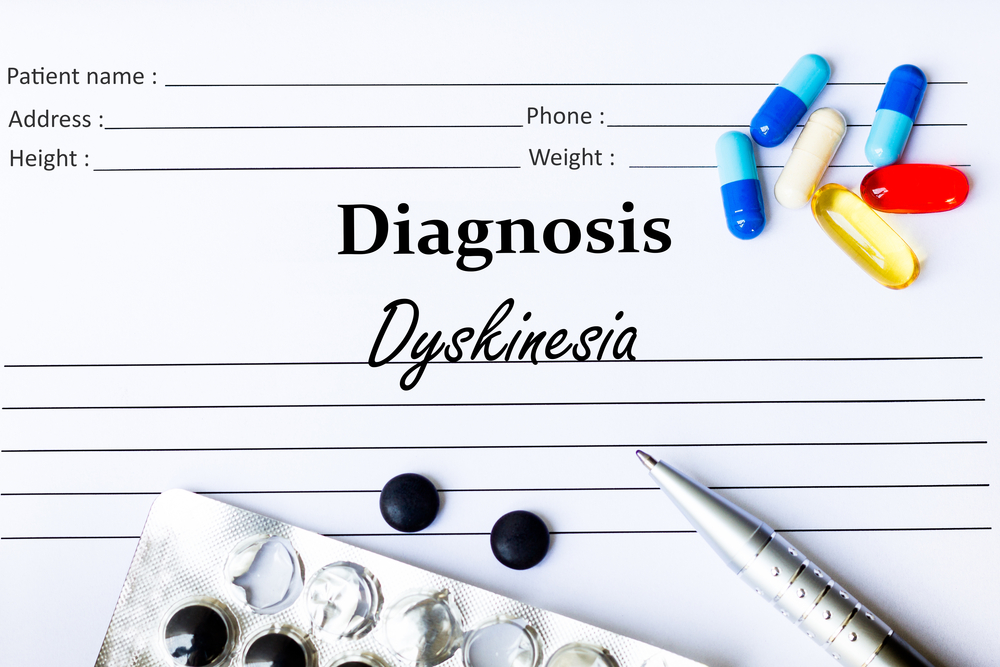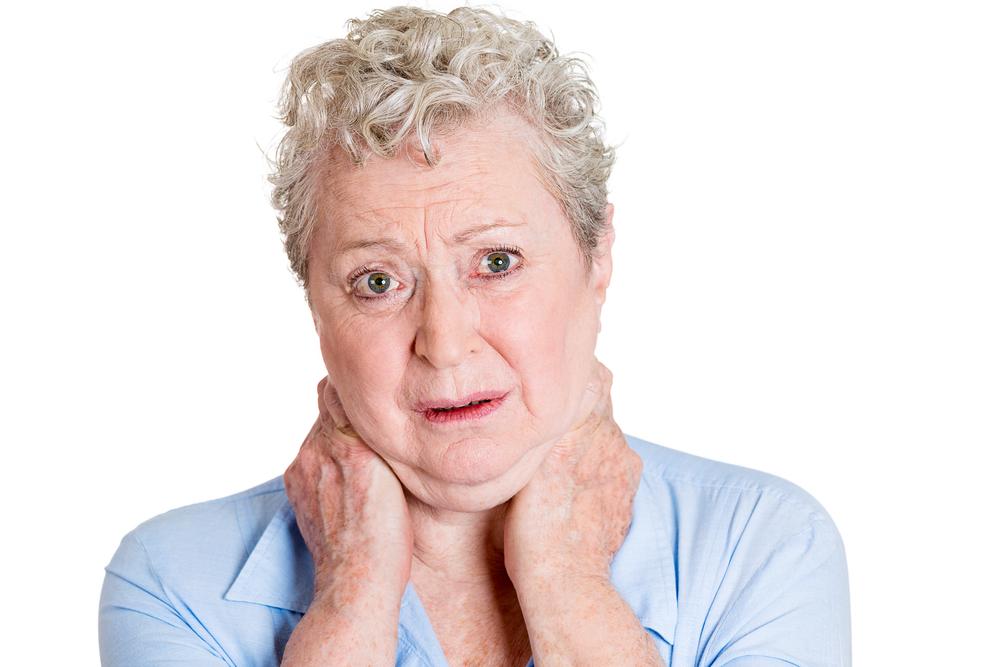Comprehensive Guide to Recognizing and Understanding Movement Disorders: Causes, Symptoms, and Management
Explore an in-depth understanding of movement disorders, including their signs, causes, and treatment options. This comprehensive guide provides insights into symptoms such as involuntary tremors, spasms, and movement disturbances caused by neurological conditions, medication side effects, or brain injuries. Early detection and tailored management strategies can significantly improve quality of life for affected individuals. Learn about the latest treatments and how to recognize early symptoms of these complex disorders to seek timely medical care.

Comprehensive Guide to Recognizing and Understanding Movement Disorders: Causes, Symptoms, and Management
Movement disorders are complex neurological conditions characterized by involuntary muscle movements that can significantly interfere with normal daily activities. These involuntary movements may involve any part of the body, including the head, limbs, or entire musculature, and can vary in intensity from mild twitches to severe, uncontrollable spasms. Such conditions are often associated with neurological diseases like Parkinson’s disease but can also arise from other causes such as brain injuries, medication side effects, or neurochemical imbalances.
Understanding movement disorders requires a detailed look into their various types, causes, early warning signs, and potential treatment options. Since these disorders can impact quality of life profoundly, early detection and management are critical. Notably, symptoms can range from subtle signs like minor tremors or fidgeting to severe, ongoing spasms that hinder mobility and daily functioning. Recognizing these signs early can lead to more effective interventions and improved outcomes.
Uncontrolled movements are often a symptom of underlying neurological dysfunction. Contributing factors include brain injuries, the side effects of certain medications, and neurodegenerative diseases. Movement disorders encompass a wide range of conditions, each with specific characteristics, causes, and treatment protocols. These disorders can be classified into different types such as tremors, dystonia, chorea, athetosis, and myoclonus, among others.
Insights into Movement Disorders
The initial symptoms are often subtle, manifesting as minor tremors or fidgeting, especially noticeable in the dominant hand or limb.
The underlying cause of each movement disorder varies, depending heavily on the specific disease or injury involved.
Behavioral therapies and physical rehabilitation can sometimes help alleviate certain types, especially those associated with neurodevelopmental conditions like autism.
In cases where symptoms are mild and do not interfere with daily life, medical intervention may not be necessary, but ongoing monitoring is advised.
Recognizing the Symptoms of Movement Disorders
Symptoms associated with movement disorders can be diverse and often progress over time. They may be intermittent or constant, with some episodes becoming more severe or frequent. Common manifestations include:
Involuntary wriggling or twitching
Body sway or tremors
Uncontrolled jerking movements
Fidgeting or restless behaviors
Unintentional head movements
Persistent feelings of restlessness
What Causes Movement Disorders?
The root causes of movement disorders are multifaceted. A primary factor in many cases is prolonged use of dopaminergic medications like levodopa, which is commonly prescribed for Parkinson’s disease. These medications aim to replenish dopamine levels in the brain but can cause adverse effects over time. Patients on high doses or extended treatment periods are at greater risk of developing involuntary movements, especially as medication effects wear off.
In Parkinson’s, the fundamental issue is dopamine deficiency, leading to abnormal movements long after medication initiation. Additionally, tardive dyskinesia results from long-term use of antipsychotic drugs that alter neurotransmitter systems. Although the precise mechanisms are still under study, chemical imbalances in brain neurotransmitters such as dopamine, serotonin, and glutamate are believed to underpin these conditions. Among these, dopamine imbalance is considered the primary factor contributing to many movement disorders.
Furthermore, neurological injuries, genetic predispositions, and environmental factors can also contribute to the development of movement disorders. Early diagnosis, understanding the specific disorder, and appropriate treatment strategies can significantly improve patient outcomes. Management may include medication adjustments, physical and occupational therapy, or surgical interventions such as deep brain stimulation in severe cases.





